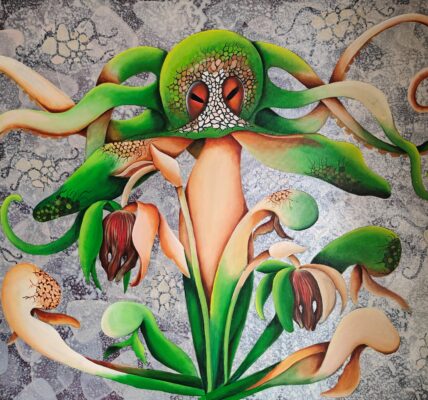An Inconclusive Autopsy
on a Non-existent Corpse
Waswo X. Waswo

But there are differences of course, and I can dispute my own
words. To understand those differences it is good to remember
Stieglitz and the Photo-Secession movement he guided in
New York though fifty issues of Camera Work magazine.
Stieglitz, and his hand-picked grouping of art photographers,
made the slow but sure transition from “Pictorialism” (the
idea that photography became art through mimicking
traditional composition found in western paintings, soft focus,
toning, textual effects and print manipulation) to “Straight
Photography” (the idea that photography created a whole new
aesthetic that was cold, analytical, sharp edged, exploratory in
composition and non-manipulated). Stieglitz almost singlehandedly
ushered photographic art from its 19th century
romantic roots into the harsh light of the 20th century. It is
notable that his magazine, Camera Work, started publication
with the dreamy pictorial imagery of Gertrude Käsebier and
Edward Steichen and ended publication with the coolly straight
modernism of Paul Strand.
This years-old divide, between the pictorial and the straight,
has immense bearing on the after-effects of the digital tsunami.
As digital cameras became common, at least in the west during
the 1990s, there was at the same time an almost inverse
movement among many art photographers. Perhaps sensing
that the new ease of image-making would make the handdeveloped
print obsolete, they set about to prove the opposite.
Taking cue from early practitioners of what I would label a neopictorialist
school, many students of art photography quickly
dropped the “straight” approach and once again investigated
the posed portrait (rather than the candid), the classically
composed (rather than the experimental), and the softly
enigmatic image. Using as guides the few photographers who
had kept such practices alive… artists like Joel-Peter Witkin
who purposely scratched negatives, selectively multi-toned
prints, and made a virtue out of keeping his hands literally
in the chemicals…a new generation of “alternative process”
practitioners gathered steam.

